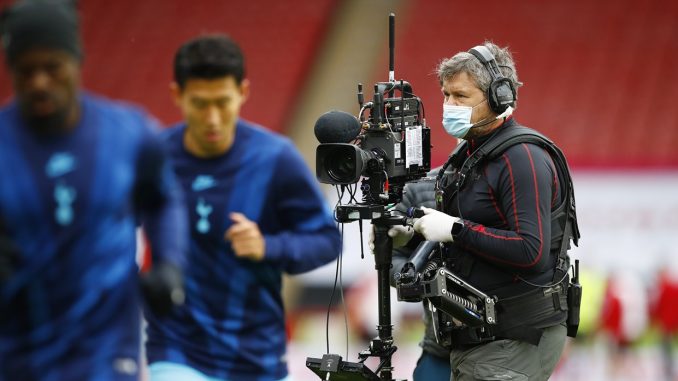
The world of soccer broadcasting has undergone a significant transformation in recent years, thanks to the advent of digital technology. Gone are the days when fans had to rely solely on traditional television broadcasts to keep up with their favorite teams and players. Today, a new era of interactive and engaging soccer coverage has emerged, driven by the power of digital dynamics.
One key aspect of this digital revolution is the rise of online streaming platforms that allow fans to watch matches live from anywhere in the world. Services like ESPN+ and DAZN have made it easier than ever for soccer enthusiasts to access high-quality broadcasts on their computers, smartphones, or tablets. With just a few clicks, fans can tune into games in real-time and experience all the action as if they were sitting in the stadium themselves.
But it’s not just about watching games anymore – digital dynamics have also transformed how fans interact with broadcasts. Social media platforms like Twitter and Instagram have become essential tools for keeping up with breaking news, sharing highlights, and connecting with other fans in real-time. Broadcasters have taken notice of this trend and now incorporate social media feeds directly into their coverage, allowing viewers to 해외축구중계 see reactions from players, coaches, and pundits as they happen.
Another exciting development is the use of augmented reality (AR) technology to enhance the viewing experience. AR graphics can overlay player statistics, tactical analysis diagrams, and even virtual advertisements onto live broadcasts, providing viewers with a more immersive and informative experience. This technology has been particularly popular during major tournaments like the World Cup or Champions League finals when broadcasters want to offer viewers a deeper insight into the game.
In addition to AR graphics, broadcasters are also experimenting with virtual reality (VR) technology to transport fans directly onto the pitch. By donning VR headsets, viewers can experience matches from different perspectives – whether it’s sitting in the stands or standing on the sidelines alongside players. This level of immersion offers an entirely new way for fans to engage with their favorite teams and players.
Overall, these digital dynamics have revolutionized soccer broadcasting by making it more accessible, interactive, and engaging than ever before. Whether you’re watching on your TV at home or streaming on your phone while on-the-go, there’s no shortage of ways to kick back and enjoy all that modern soccer coverage has to offer. So next time you tune into a match online or check out highlights on social media – remember that it’s all part of this exciting new era in sports broadcasting powered by kick-click-play digital dynamics!
